Quiz: Ontario Road Signs 1
ADVERTISEMENT

Correct!
Wrong!

Correct!
Wrong!
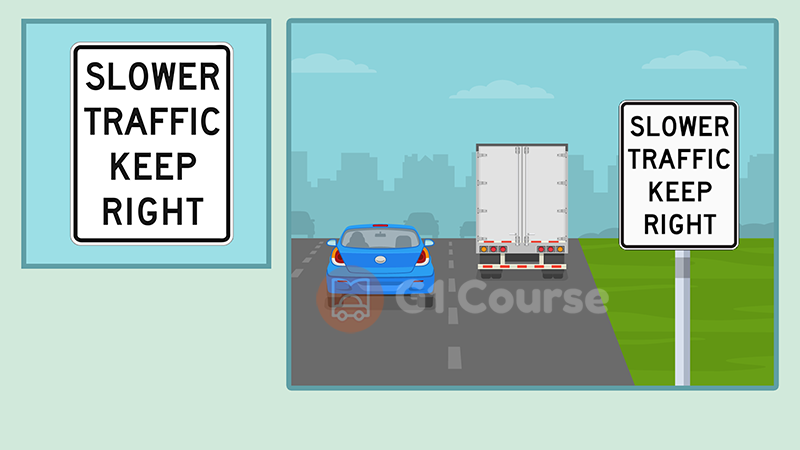
Correct!
Wrong!

Correct!
Wrong!

Correct!
Wrong!

Correct!
Wrong!

Correct!
Wrong!
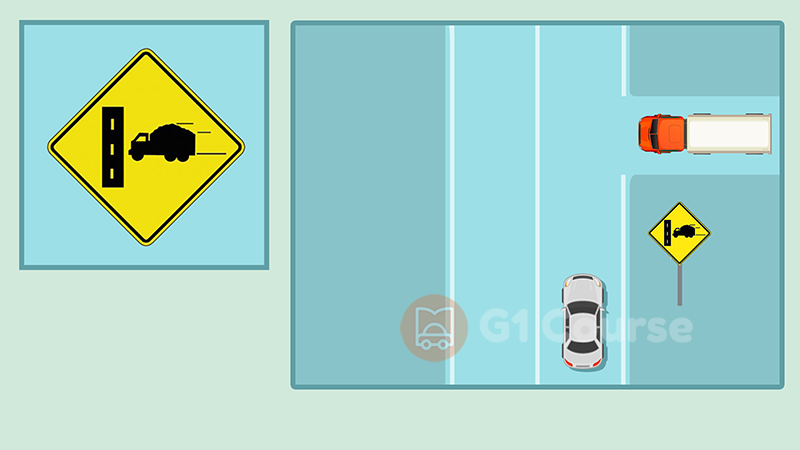
Correct!
Wrong!
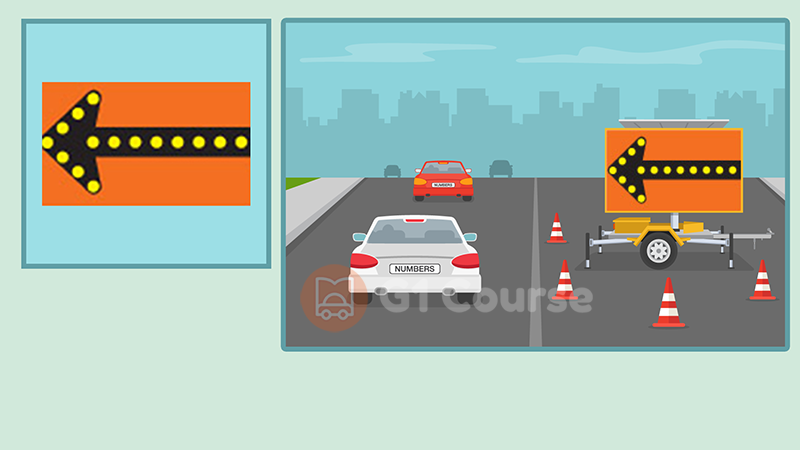
Correct!
Wrong!

Correct!
Wrong!

Correct!
Wrong!

Correct!
Wrong!

Correct!
Wrong!

Correct!
Wrong!

Correct!
Wrong!

Correct!
Wrong!

Correct!
Wrong!

Correct!
Wrong!

Correct!
Wrong!
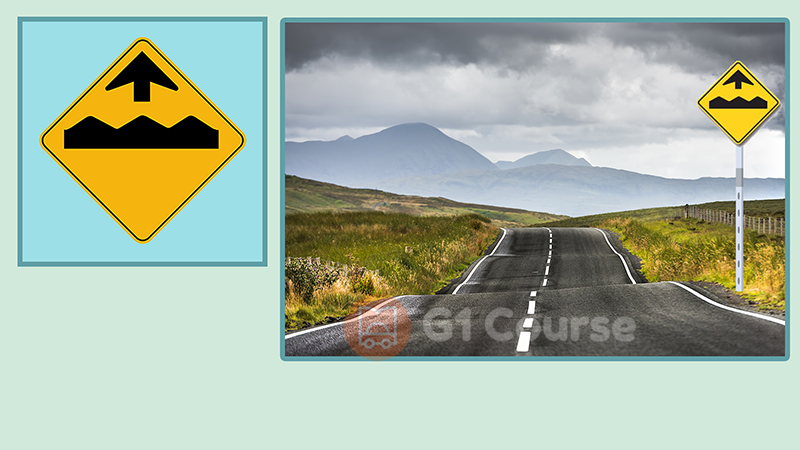
Correct!
Wrong!

Correct!
Wrong!
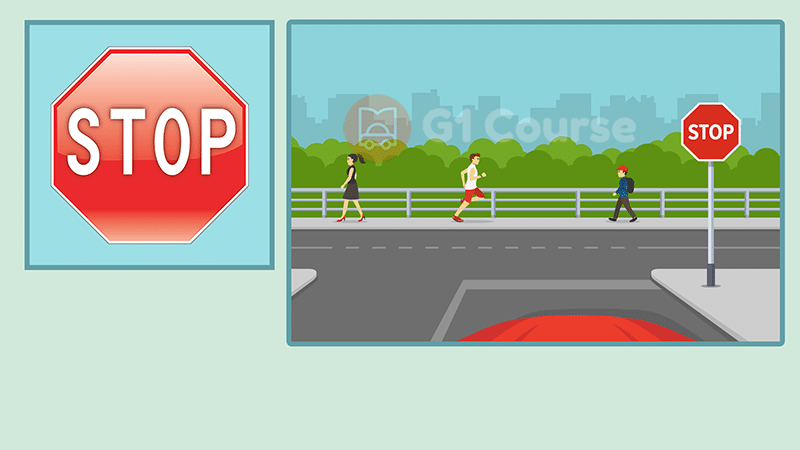
Correct!
Wrong!

Correct!
Wrong!

Correct!
Wrong!

Correct!
Wrong!

Correct!
Wrong!

Correct!
Wrong!

Correct!
Wrong!

Correct!
Wrong!

Correct!
Wrong!
Share the quiz to show your results !
Subscribe to see your results
I got %%score%% of %%total%% right
More Learning Options:
Loading…
ADVERTISEMENT
The Importance Of Road Signs For Road Safety
We’ve all seen them: brightly coloured, bilingual, image-based signs that tell us when to stop, yield, turn or go. They are ubiquitous on our roads and highways, and for a good reason – traffic signs play a critical role in keeping drivers safe.
While they may seem like a minor part of the driving experience, traffic signs are actually vital for road safety.
Why?
Because they help drivers navigate the road, avoid potential hazards, and make split-second decisions. They are one of the most important tools to help keep drivers, pedestrians, and cyclists safe on our roads. Check out our G1 practice test for Ontario traffic rules and road signs.
Let’s take a closer look at the importance of traffic signs for road safety:
1. They help drivers navigate the road
 Traffic signs are like road maps. They help drivers understand where they are, where they need to go, and what rules they need to follow.
Traffic signs are like road maps. They help drivers understand where they are, where they need to go, and what rules they need to follow.
Just think about the last time you drove somewhere new. If there were no traffic signs, would you have known which way to turn? Would you have been able to find your destination?
Probably not. Ontario road signs help drivers navigate the road by providing critical information about the route ahead. And that’s not just helpful – it’s essential for safety.
2. They help drivers avoid potential hazards
Traffic signs don’t just tell drivers where to go; they also warn them about potential hazards on the road, such as sharp turns, construction zones, or areas where wildlife may cross the road. By following the signs, drivers can avoid potential accidents and keep everyone safe on the road.
Data shows accidents are reduced by up to 50% in areas where signage is present and visible. That’s a pretty significant number, and it just goes to show how important traffic signs are for keeping drivers safe.
3. They are a tool to improve driver behaviour
In addition to helping drivers avoid potential hazards, traffic signs can also be used to influence driver behaviour. For example, speed limit signs remind drivers to slow down and stay within the posted limit.
Research has shown that drivers are more likely to obey the speed limit when they see signs reminding them of the limit. This helps to create a safer driving environment for everyone on the road.
4. They provide consistent rules for all drivers
If signs weren’t consistent, drivers would constantly be trying to figure out what each sign meant. This would obviously lead to a lot of confusion and make roads much more dangerous. The fact that traffic signs are consistent across the country (and indeed, across the world) makes it much easier for drivers to know what they should be doing and makes it much less likely that they’ll make a mistake.
And now, with more bilingual, image-based Ontario road signs, it’s easier than ever for drivers to understand the signs, no matter what language they speak.
5. They help to enforce the law
Ontario road signs are designed to help everyone follow the law. They’re there to remind drivers about road rules and let them know the consequences of breaking those rules. This helps ensure that everyone is playing by the book and makes it easier for the police to enforce the law.
6. Traffic signs keep pedestrians and cyclists safe too
While traffic signs are primarily there to keep drivers safe, they also play an important role in keeping pedestrians and cyclists safe.
For example, stop signs and yield signs help drivers know when they need to give pedestrians the right of way. And warning signs help alert drivers to areas where cyclists are likely to be present. By following the signs, drivers can avoid accidents and keep everyone safe on the road.
7. They manage traffic flow
This is perhaps the most important function of traffic signs. By managing the traffic flow, they help to keep roads safe and free from congestion. Traffic lights, for example, are used to control the flow of traffic at junctions. They also tell pedestrians when it is safe to cross the road.
Stop signs and give way signs are other examples of traffic signs that help to manage traffic flow. They regulate traffic flow by telling drivers when they need to stop and when to go. This helps to keep traffic moving smoothly and safely.
8. They help drivers make safe decisions
Traffic signs are there to help drivers make safe decisions. Driving can feel second nature to many of us, but it’s a complex task that requires split-second decision-making. Traffic signs help to take some of the guesswork out of driving by providing clear guidance on what actions to take.
Consider a roundabout, for example. Without traffic signs, drivers would have to make a decision on who has the right of way. This could lead to confusion and, potentially, accidents. With traffic signs in place, however, the decision is taken out of drivers’ hands because everyone knows who should go when.
9. Your taxes at work
While you might not think about it every time you see a traffic sign, they are paid for by your taxes. In Ontario, the government spends around $30 million each year on traffic signs. This includes the cost of manufacturing, installing, and maintaining signs.
So next time you see a traffic sign, remember that it’s there to help keep you safe. It’s a small price to pay for peace of mind, and it’s something we all need to do our part to keep the roads safe.
Wrapping It Up
With Ontario’s roads already amongst the safest in North America, it’s clear that traffic signs are doing their job. But we can’t become complacent – we need to continue raising awareness about the importance of traffic signs and ensure that we obey them. Because when it comes to road safety, every sign matters.
Knowing the different types of Ontario road signs and what they mean is important. Ignoring or failing to obey traffic signs is against the law and can result in a fine or points on your license. Not to mention, it puts you and other road users at risk. So, make sure you know your traffic signs, and always obey them when you’re behind the wheel.
